Introduction to the Ubuntu-based derivative distribution PopOS
Recently I discovered a derivative release based on Ubuntu, Pop!_OS. It looks good and the user interface is very friendly, so I will introduce it to everyone.
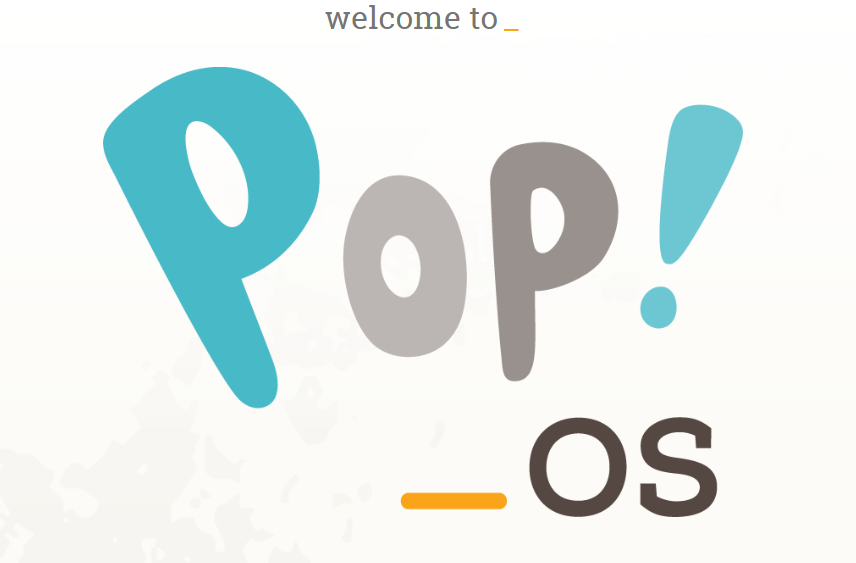
Download PopOS
Visit the URL below to download PopOS.
https://system76.com/pop
Considering that Ubuntu 20.04 is coming out soon, I suggest you download 19.10 and play in the virtual machine. Even if you want to install it, it's better to wait half a month for them to update and install the 20.04 long-term support version directly.
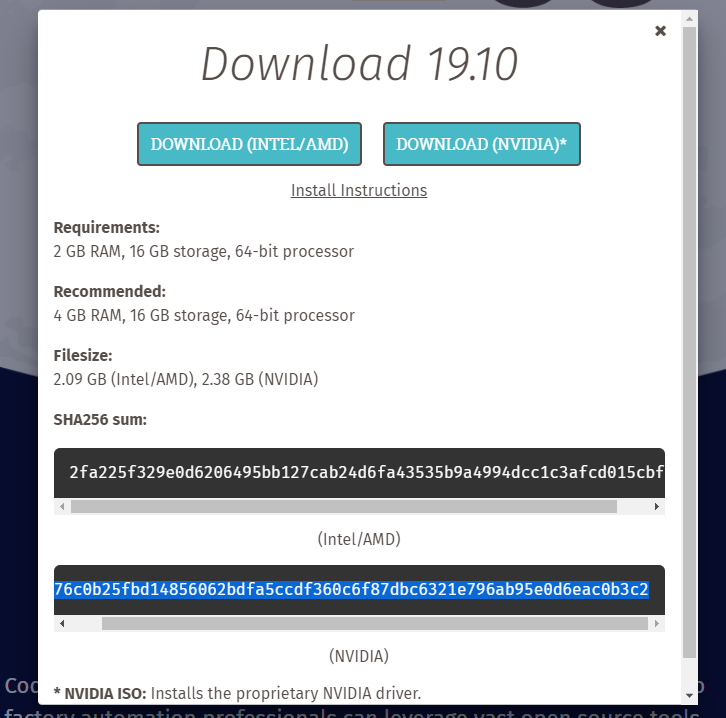
There are two versions available for download, the first is the Intel/AMD graphics driver version, and the second is the proprietary driver version of NVIDIA. Because I am an N card, I just downloaded the second version directly. The SHA256 hash check code is also provided here, and it is recommended to check after the download is complete. If you use powershell, you can directly use the following command to download the ISO image file and verify the hash code.
iwr https://pop-iso.sfo2.cdn.digitaloceanspaces.com/19.10/amd64/nvidia/12/pop-os_19.10_amd64_nvidia_12.iso -OutFile popos.iso -Proxy http://localhost:10800(Get-FileHash .\popos.iso).Hash -eq '4b76c0b25fbd14856062bdfa5ccdf360c6f87dbc6321e796ab95e0d6eac0b3c2'
Install PopOS
The virtual machine installation process will not be mentioned, it is very simple, and students who often install virtual machines should be very clear. Here are a few screenshots, PopOS interface is still very delicate, much better than the default Ubuntu interface.
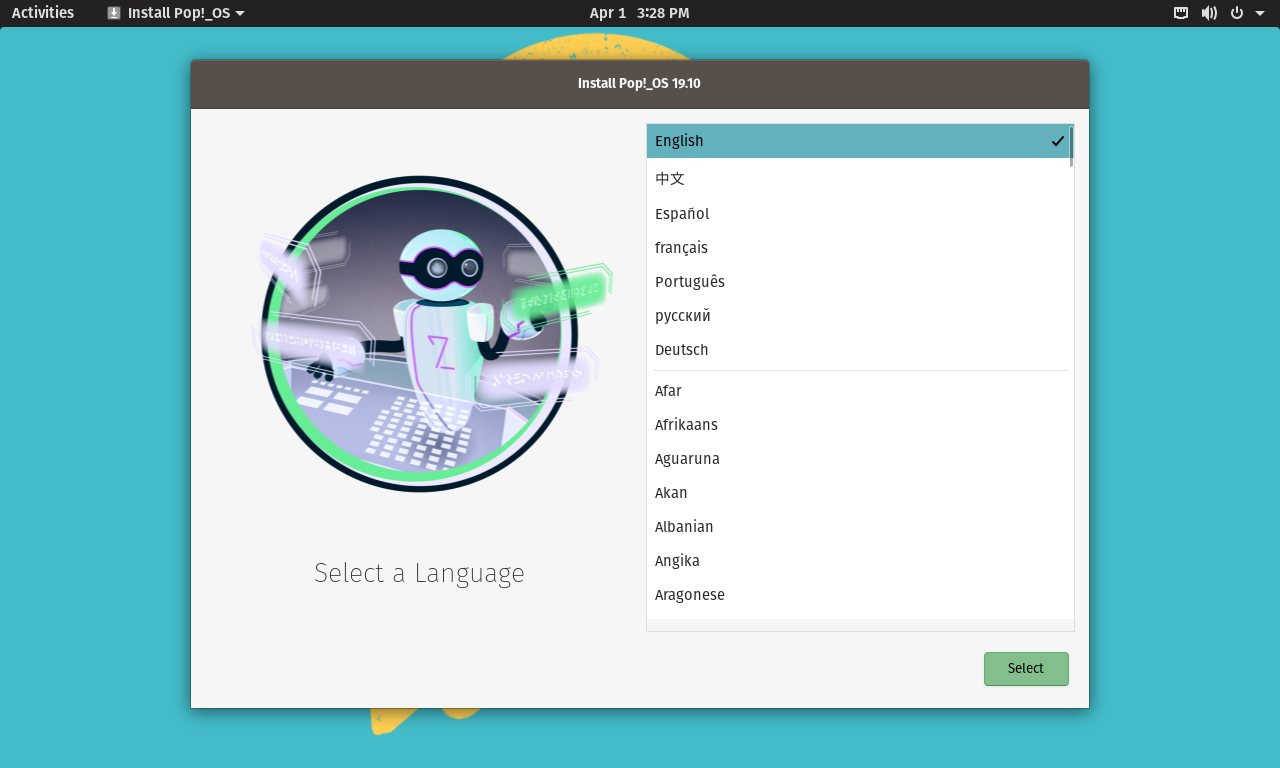
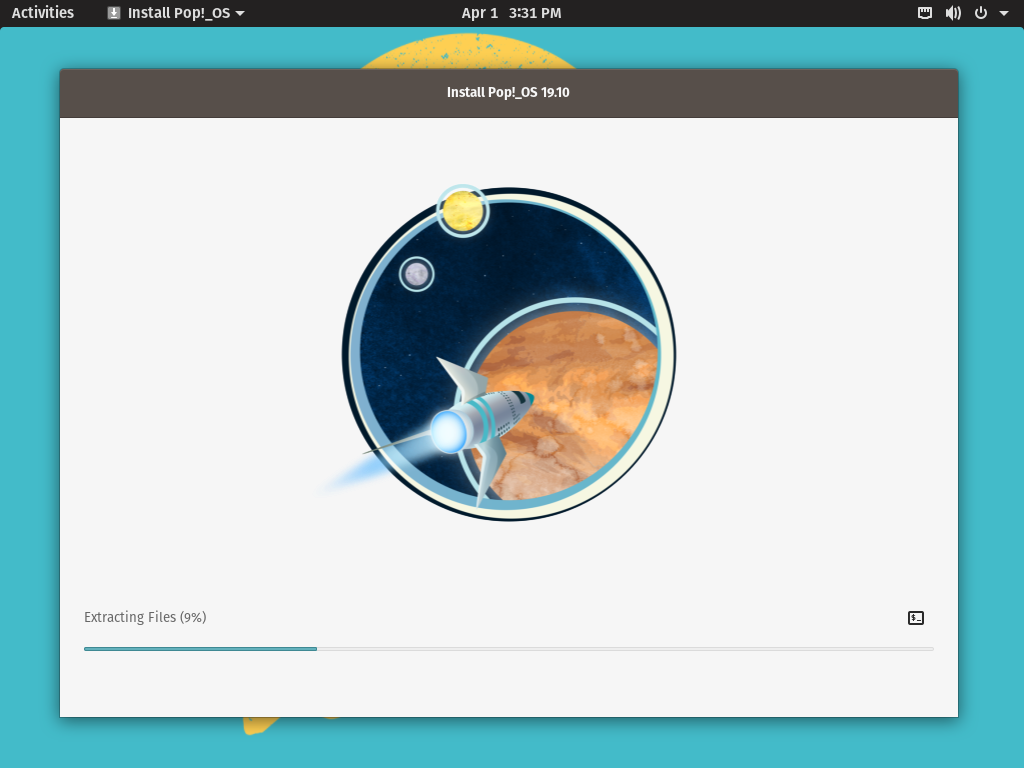
After the installation is complete, restart the system, and then enter the user name and other information, you can enter the PopOS system interface! The system maintains the basic style of Ubuntu, but adds PopOS's own theme and some configurations, making the whole system more usable than the original Ubuntu. I configured it a bit and installed a zsh powerline10k theme.
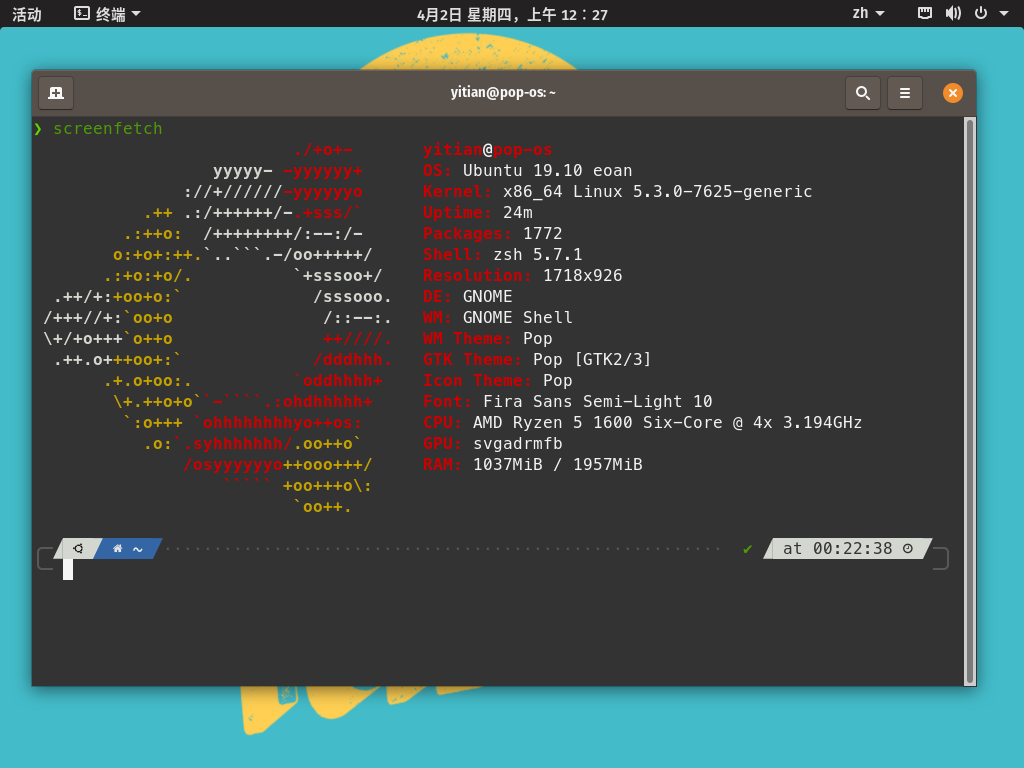
System Features##
A major feature of Pop!_OS is the workspace mode, which can easily classify windows, put them in different workspaces, and switch directly in the workspace.
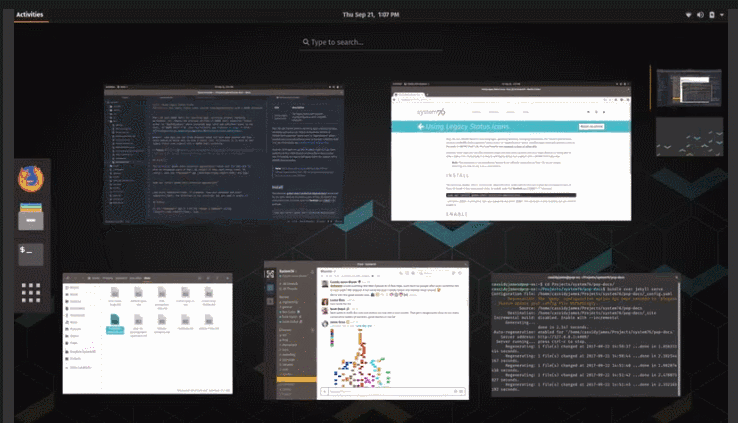
Another feature is very similar to that on Windows, which is the feature that the window automatically occupies half the screen. The method of use is the same, drag the window to the edge of the screen, and release it when the animation effect appears, the window will automatically occupy half of the screen in the corresponding position, which is very convenient when multi-screen collaboration is required.
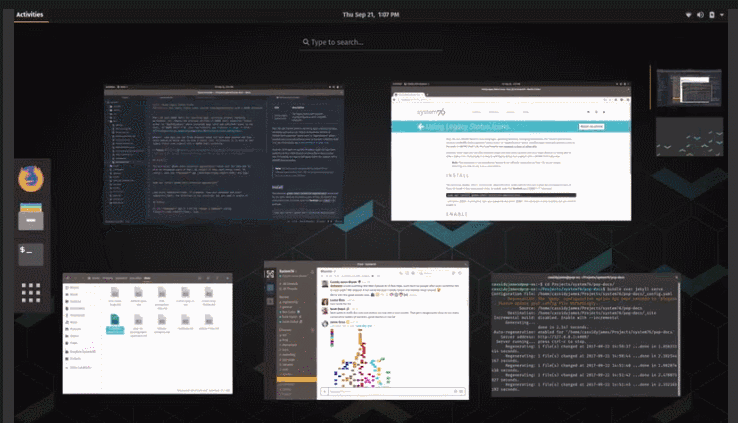
If you are a loyal user of the window manager, then you should also like the window operation of Pop!_OS. Through global keyboard shortcuts, you can manipulate the Pop!_OS window as you like.
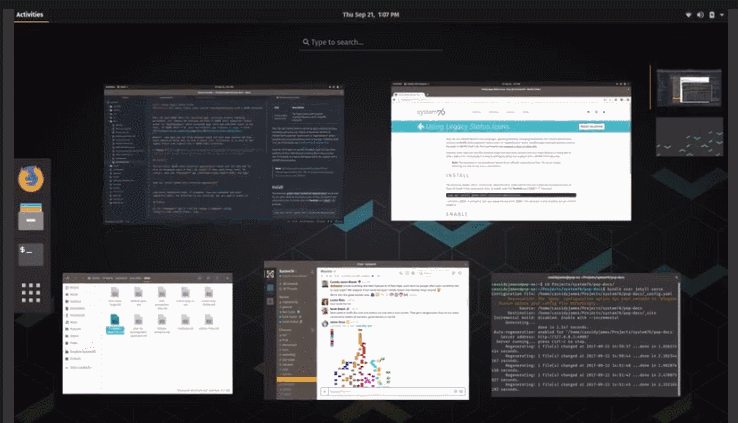
If you are an artificial intelligence developer, Pop!_OS will also make you more convenient. Pop!_OS has built-in tensorman directly in the software source, a tool for managing multi-version TensorFlow projects, through which you can easily create and develop artificial intelligence applications.
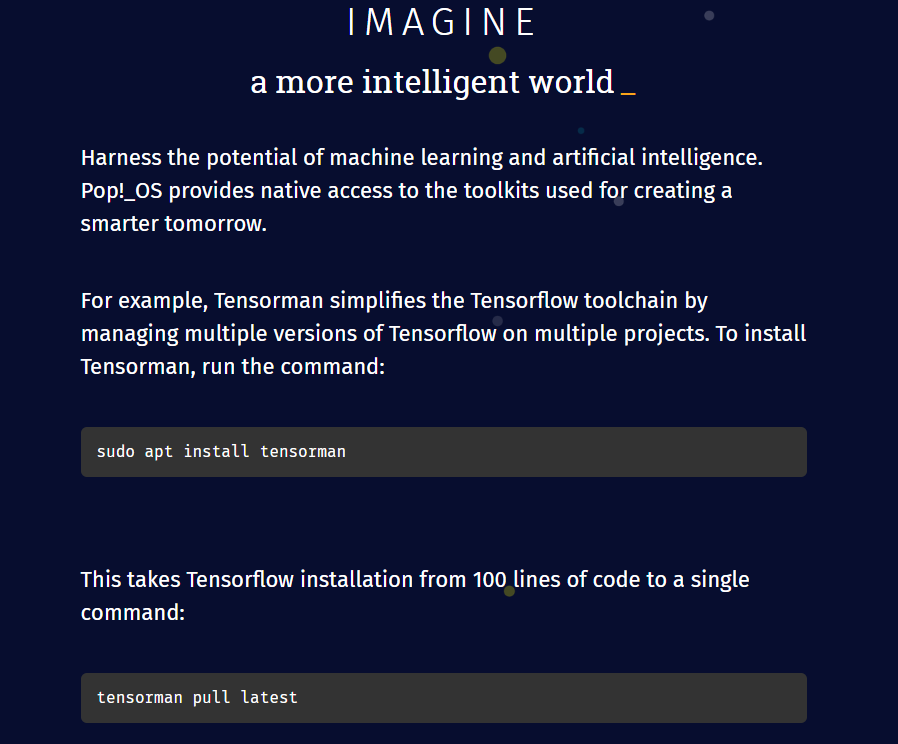
In short, Pop!_OS is a very good derivative Linux distribution. If you feel that the native Ubuntu is not easy to use, you might as well try Pop!_OS, maybe you will fall in love with it.
Recommended Posts